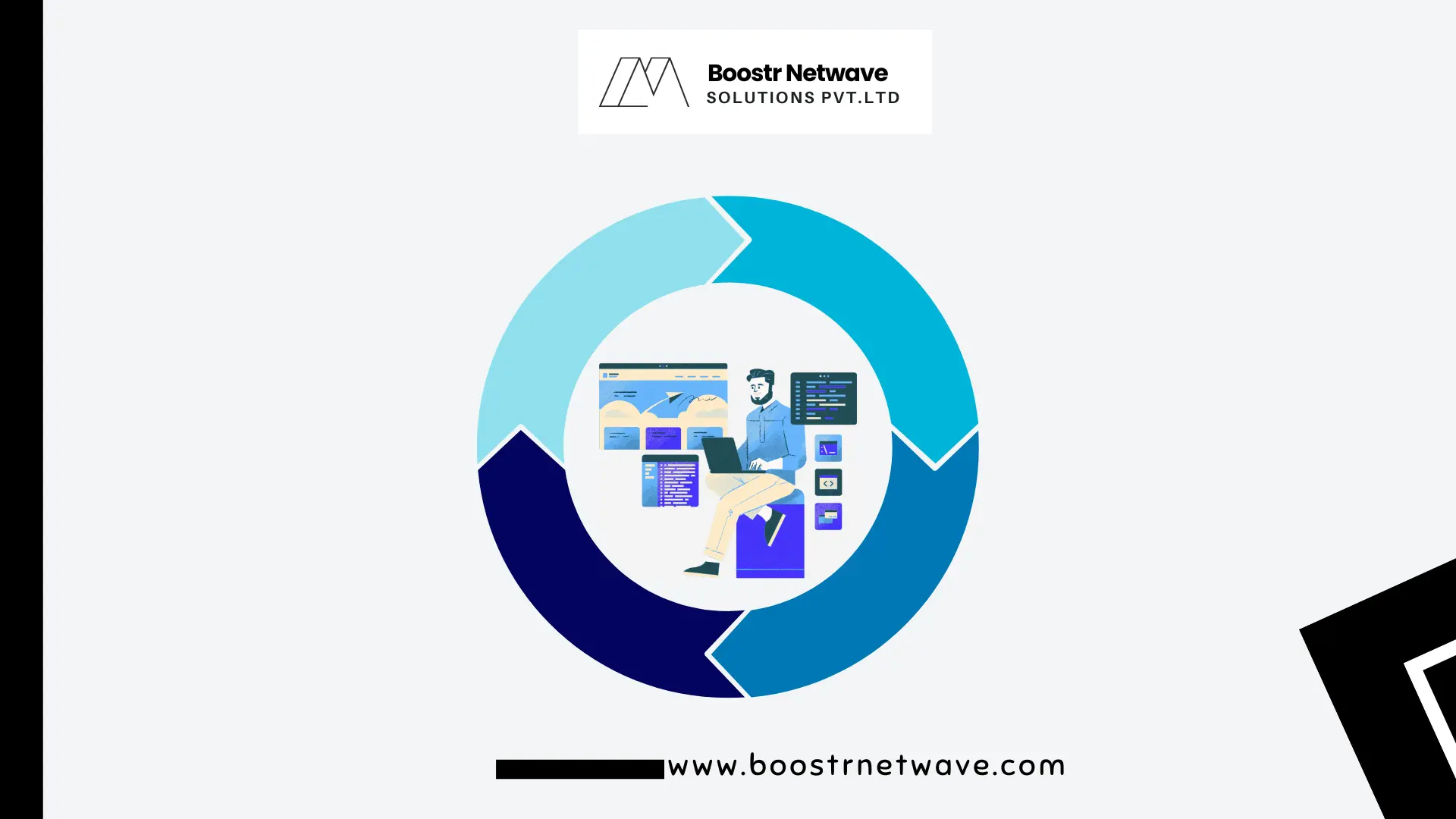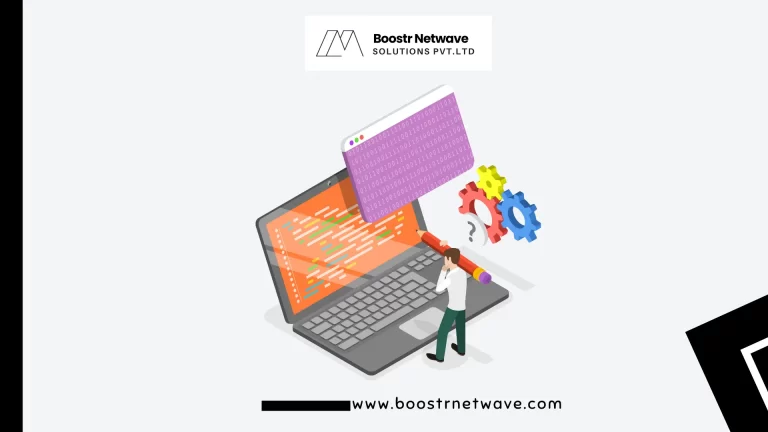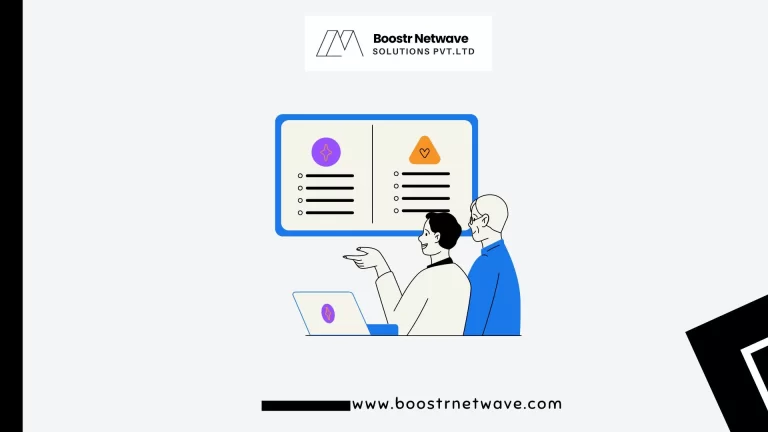Understanding what is software development lifecycle (SDLC) is crucial for anyone involved in software development. This guide will explore the intricacies of SDLC, its stages, methodologies, and best practices.
It all comes down to a well-organized Software Development Lifecycle (SDLC) process. Think of SDLC as a process for software development. It’s an organized approach that takes developers from the first idea to the final product, ensuring everything runs smoothly.
What is software development lifecycle (SDLC): a complete guide.
The Software Development Lifecycle (SDLC) is an organized method for software developers to design, develop, and test high-quality software. This methodology covers every phase of software development, from original design to final deployment and maintenance.
What are the Stages of SDLC?
Planning
Every successful project begins with a good plan. The goal of the planning phase is to set defined objectives and review the project’s feasibility. This is where partners brainstorm and outline their objectives. A feasibility analysis of the project’s technical and financial viability. This phase establishes the basis for everything that follows.
Requirement Analysis
After the planning is complete, it’s time to gather the requirements. Consider this phase equivalent to a detective’s job: identifying exactly what the software must perform. Developers and business analysts collaborate to gather all relevant information. They document everything thoroughly to avoid confusion later on. This material serves as the foundation for the following steps.
Design
After collecting the requirements, the following stage is to design the system. This phase entails developing the system structure and detailed design specifications. It’s like planning a house blueprint. Developers make technical decisions, such as which programming languages and tools to utilize. The design step ensures the program structure is thoroughly planned before coding starts.
Implementation (coding)
Now comes the fun part: writing the code. During the implementation stage, developers construct the software based on the design specifications. Choosing the appropriate programming language is critical here. This phase is all about making ideas a reality, line by line of code.
Testing
Nobody likes problems in their product, Testing is an important step, which is why. Testing can be divided into three types: unit testing, integration testing, and system testing. Each test requires identifying and solving different issues. Testing guarantees that the program works properly and meets its initial criteria. It’s similar to editing a book before it is released.
Deployment
After testing, it is ready to release the software. The deployment process involves preparing the application for release and then launching it. This could involve installing the program on customer devices or making it available online. Proper deployment is critical to ensuring that users have a consistent experience from the start.
Maintenance
The journey does not end at deployment. Maintenance is a continuous process in which developers provide support, fix bugs, and release updates. Consider it a regular check-up and tune-up for your software. This phase ensures that the software continues to function properly and stays relevant over time.
What are the types of SDLC Models?
- Waterfall Model
- V-Model
- Iterative Model
- Spiral Model
- Agile Model
- DevOps Model
Conclusion
Understanding the software development lifecycle (SDLC) is critical to successful software development. The SDLC provides an organized method to creating software, ensuring high quality, reduced risks, and efficient project management. Organizations may deliver software that fulfils user needs and lasts by following the SDLC stages and implementing best practices.
Ready to boost your business Schedule a meeting now and let’s discuss your growth strategy! 📈🙂
FAQs
What is the main purpose of SDLC?
The primary goal of SDLC is to provide a disciplined approach to software development, ensuring that the finished product is high quality, fits the objectives, and is delivered on time and within budget.
How does Agile differ from Waterfall in SDLC?
Agile is an iterative and flexible approach that allows for continuous feedback and adjustments, whereas Waterfall is a sequential and rigid process where each phase must be completed before moving on to the next.
Why is testing crucial in the SDLC?
Testing is crucial because it helps identify and fix bugs, ensuring that the software functions correctly and meets the specified requirements. It also improves the overall quality and reliability of the software.
What role does client feedback play in SDLC?
Client feedback is essential in SDLC as it ensures that the software meets the client’s needs and expectations. Regular feedback helps keep the project aligned with client requirements and allows for timely adjustments.
How can AI impact the future of SDLC?
AI can greatly improve SDLC by automating regular processes, detecting future issues, and optimizing workflows. It can also improve decision-making processes and increase the efficiency and efficacy of software development.





